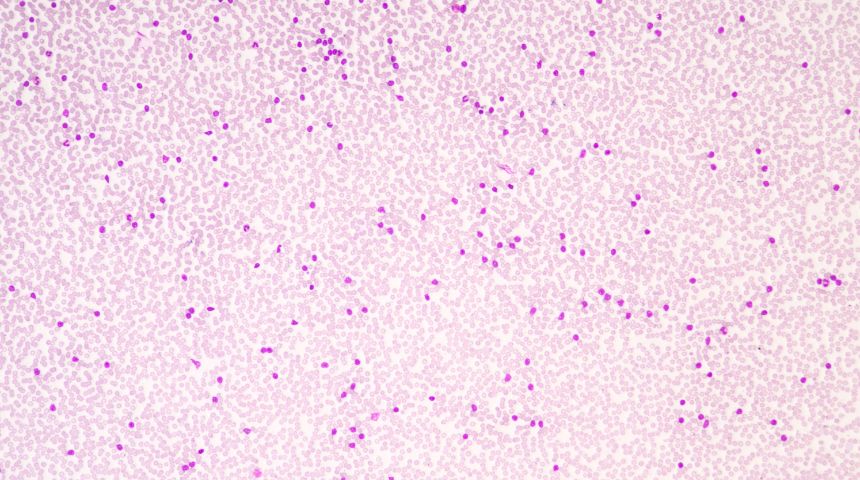What is Fabry's Disease?
Fabry’s disease falls into the group of diseases known as lysosomal storage disorders. This rare genetic disorder impacts the lysosomal enzyme—α‐galactosidase A (α‐Gal A)—which is responsible for breaking down fats. As a result, fats accumulate in the blood. And this can lead to various health risks, such as heart attack, kidney failure and stroke.
While there is no cure, treatments are available to help manage this disease and its symptoms. Fabry’s disease treatment can further help slow the overall progression of the disease and improve one’s overall quality of life.
Fabry's Disease Treatment Options
1. Enzyme Replacement Therapy (ERT)
Enzyme Replacement Therapy (ERT) replaces the deficient enzyme α‐galactosidase A (α‐Gal A) with a synthetic version. In turn, this helps break down the accumulated fats and prevents fats from building up. This therapy directly targets the root cause of Fabry’s disease and can significantly reduce symptoms, improve organ function and slow the progression of the disease.
It’s administered through regular intravenous infusions, typically every two weeks. However, early initiation of ERT is essential to help prevent irreversible damage to organs such as the heart, kidneys and nervous system. Clinical studies further show the safety and efficacy of this treatment, even indicating any reactions to this treatment decreased over time.
The two main enzyme replacement treatments available include agalsidase beta (Fabrazyme®) and pegunigalsidase alfa (Elfabrio®). It’s also worth noting that you may be given antihistamines before treatment to prevent adverse allergic reactions.
2. Oral Chaperone Therapy
Oral chaperone therapy involves the use of small molecules—known as chaperones—that bind to the defective α‐galactosidase A (α‐Gal A) enzyme. By stabilizing the enzyme’s structure, chaperones help it function more effectively and restore some of its ability to break down accumulated fats.
Unlike Enzyme Replacement Therapy (ERT), oral chaperone therapy is administered as a daily oral medication. As such, this tends to offer a more convenient treatment option for eligible patients. This therapy is particularly effective for individuals with “amenable mutations,” where the enzyme retains some residual activity but is unstable.
Ultimately, this type of treatment can significantly help reduce pain, improve gastrointestinal symptoms and slow the progression of organ damage. However, before beginning treatment, genetic testing is essential to determine whether a patient’s mutation qualifies for this treatment.
3. Substrate Reduction Therapy (SRT)
Substrate Reduction Therapy (SRT) is an emerging therapy for Fabry’s disease. It works by slowing down the production of certain fats that build up in the cells of people with Fabry’s disease. This treatment uses a small, oral medication that reduces how much of these fats are made in the first place.
By decreasing the buildup of these fats, SRT can help reduce damage to organs and tissues over time. It’s a convenient treatment option since it’s taken as a pill, making it easier for patients to manage alongside other therapies.
4. Gene Therapy
Gene therapy is another emerging therapy. This advanced treatment option works by introducing healthy genetic material into the body’s cells to help them produce the missing or faulty enzyme, α-galactosidase A (α‐Gal A).
The first successful use of gene therapy for Fabry’s disease occurred in Canada in 2017 during an early clinical trial. Since then, researchers have been working to explore and refine this treatment through additional studies.
Ultimately, gene therapy has the potential to offer long-term benefits by enabling the body to produce its own functional enzyme, reducing the need for ongoing treatments like regular infusions. While still in the experimental stage, it represents an exciting and promising step toward a more permanent solution for managing Fabry’s disease.
Symptoms of Fabry's Disease
Symptoms of Fabry’s can greatly vary. Some may have very mild symptoms. Others may not experience any symptoms initially but develop symptoms as time goes on. Symptoms may include:
- Numbness, burning or tingling in the hands or feet.
- Heat or cold sensitivities.
- Dizziness.
- Fatigue.
- Body aches.
- Fever.
- Extreme pain during movement.
- Diarrhea, constipation and abdominal pain.
- Ringing in the ears (tinnitus).
- Reduced sweating (or none at all).
- Swelling in the legs, feet or ankles.
- Dark, raised skin lesions (angiokeratoma).
The Outlook of Living With Fabry’s Disease
With various ways to manage this disease and potentially new treatment avenues, those with Fabry’s disease are living longer and healthier lives. While the disease often worsens with age, research shows great promise in the life expectancy for Fabry’s disease.
The best thing you can do is talk to your healthcare provider about emerging therapies and determine if they are right for you. Additionally, close monitoring of Fabry’s disease ensures potential complications don’t result in life-threatening situations.
The information on this website is for general educational purposes only and is not a substitute for professional medical advice. Always consult your doctor or qualified healthcare provider before making changes to your health, diet or treatment plan.

